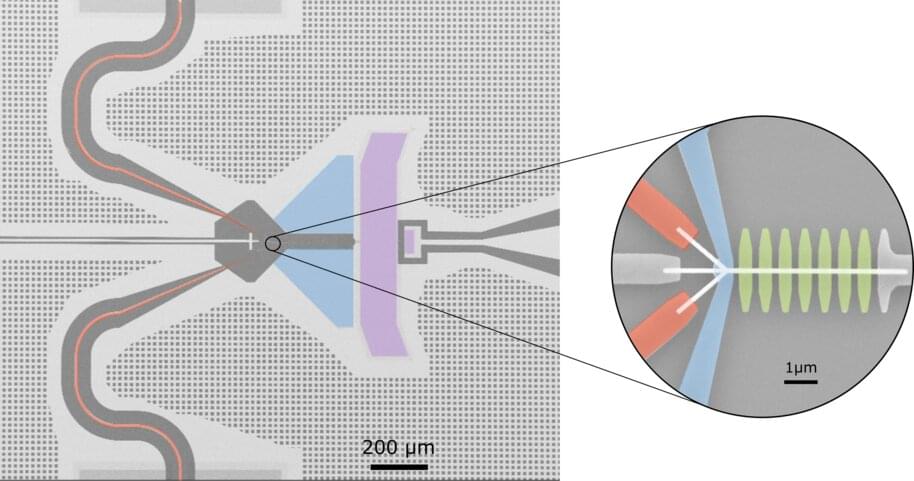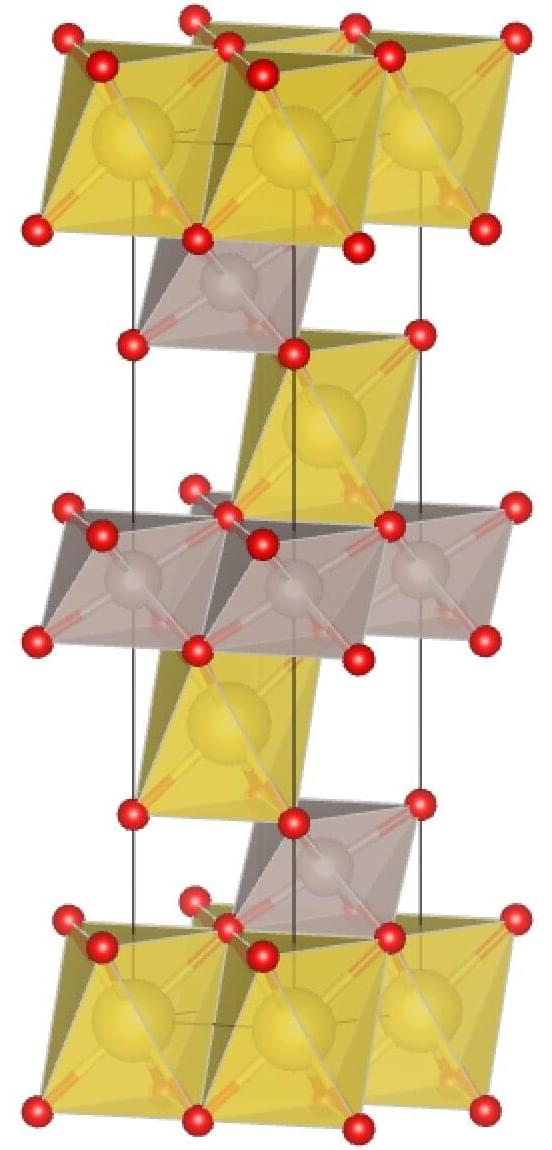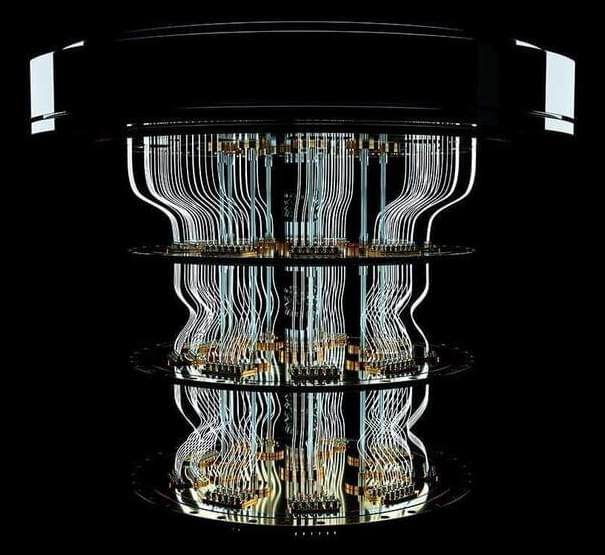Researchers move an individual Mg+ ion more than 100,000 times between different sites in a trapping array without dropping it or ruining its quantum coherence.



Finding the best quantum computing stocks to buy is critical because this is clearly the next big industry.
Quantum computers promise to bring the power of quantum mechanics to bear in solving our most vexing problems. They may be capable of processing more data, faster, than any classical computer.
If all that happens, then quantum computing stocks may bring generational wealth to their investors.

😗😁
A fluxonium qubit can keep its most useful quantum properties for about 1.48 milliseconds, drastically longer than similar qubits currently favoured by the quantum computing industry.


Researchers have experimentally demonstrated a new quantum information storage protocol that can be used to create Greenberger-Horne-Zeilinger (GHZ) quantum states. There is a great deal of interest in these complex entangled states because of their potential use in quantum sensing and quantum error correction applications.
Chun-Ju Wu from the California Institute of Technology will present this research at the Optica Quantum 2.0 Conference and Exhibition, as a hybrid event June 18–22 in Denver, Colorado.
Quantum-based technologies store information in the form of qubits, the quantum equivalent of the binary bits used in classical computing. GHZ states take this a step further by entangling three or more qubits. This increased complexity can be used to store more information, thus boosting precision and performance in applications such as quantum sensing and networking.

😗😁
Scientists in Finland have developed a nanodevice that can measure the absolute power of microwave radiation down to the femtowatt level at ultra-low temperatures—a scale trillion times lower than routinely used in verifiable power measurements. The device has the potential to significantly advance microwave measurements in quantum technology.
Quantum science takes place mostly at ultra-low temperatures using devices called dilution refrigerators. The experiments also have to be done at tiny energy levels—down to the energy level of single photons or even less. Researchers have to measure these extremely low energy levels as accurately as possible, which means also accounting for heat—a persistent problem for quantum devices.
To measure heat in quantum experiments, scientists use a special type of thermometer called a bolometer. An exceptionally accurate bolometer was recently developed at Aalto University by a team led by Mikko Möttönen, associate professor of quantum technology at Aalto and VTT, but the device had more uncertainty than they had hoped for. Although it enabled them to observe the relative power level, they couldn’t determine the absolute amount of energy very accurately.

If there are energy fluctuations in a quantum vacuum, very interesting things can happen. For example, the E = mc2 relation tells us that energy and matter are interconvertible. A vacuum energy fluctuation can be converted into particles of matter. Sounds weird? Maybe, but it happens all the time. These particles are called virtual particles, living a fleeting existence before plunging back into the ever-busy quantum vacuum.
Tryon extrapolated the idea of quantum fluctuations to the Universe as a whole. He reasoned that if all that existed was a quantum vacuum, a bubble-like energy fluctuation out of this vacuum could have given rise to the Universe. Tryon proposed that the whole Universe is the result of a vacuum fluctuation, originating from what we could call quantum nothingness.

Magnetic materials with a triangular lattice have been the focus of numerous research studies, as theoretical predictions suggest that they could exhibit spin liquid states. These are quantum phases of matter that present interesting characteristics, such as quantum entanglement and fractionalized excitations.
While there have been numerous experimental efforts aimed at observing these fascinating phases in materials with a triangular lattice, this has so far proved to be very challenging. A key reason for this is that weak spin-orbit coupling and other perturbations in these materials typically result in conventional spin freezing or magnetic states.
Researchers at University of California, Boston College, Oak Ridge National Laboratory and the National Institute of Standards and Technology were recently able to produce a quantum disordered ground state in the triangular lattice-magnet NaRuO2. Their findings, published in Nature Physics, suggest that this state was enabled by the cooperative interplay between spin-orbit coupling and correlation effects in the magnetic material.

A fluxonium qubit can keep its most useful quantum properties for about 1.48 milliseconds, drastically longer than similar qubits currently favoured by the quantum computing industry.

Scientists at EPFL have found a new way to create a crystalline structure called a “density wave” in an atomic gas. The findings can help us better understand the behavior of quantum matter, one of the most complex problems in physics. The research was published May 24 in Nature.
“Cold atomic gases were well known in the past for the ability to ‘program’ the interactions between atoms,” says Professor Jean-Philippe Brantut at EPFL. “Our experiment doubles this ability.” Working with the group of Professor Helmut Ritsch at the University of Innsbruck, they have made a breakthrough that can impact not only quantum research but quantum-based technologies in the future.
Scientists have long been interested in understanding how materials self-organize into complex structures, such as crystals. In the often-arcane world of quantum physics, this sort of self-organization of particles is seen in “density waves,” where particles arrange themselves into a regular, repeating pattern or order; like a group of people with different colored shirts on standing in a line but in a pattern where no two people with the same color shirt stand next to each other.